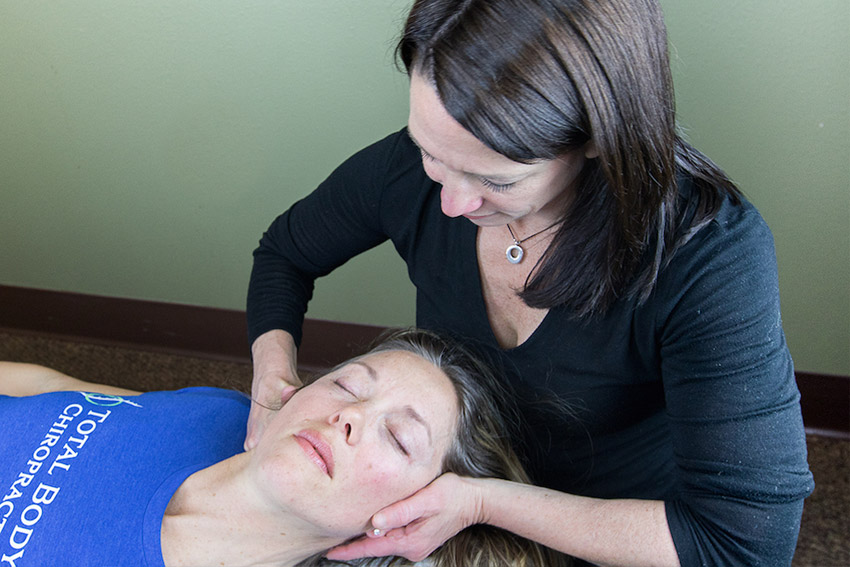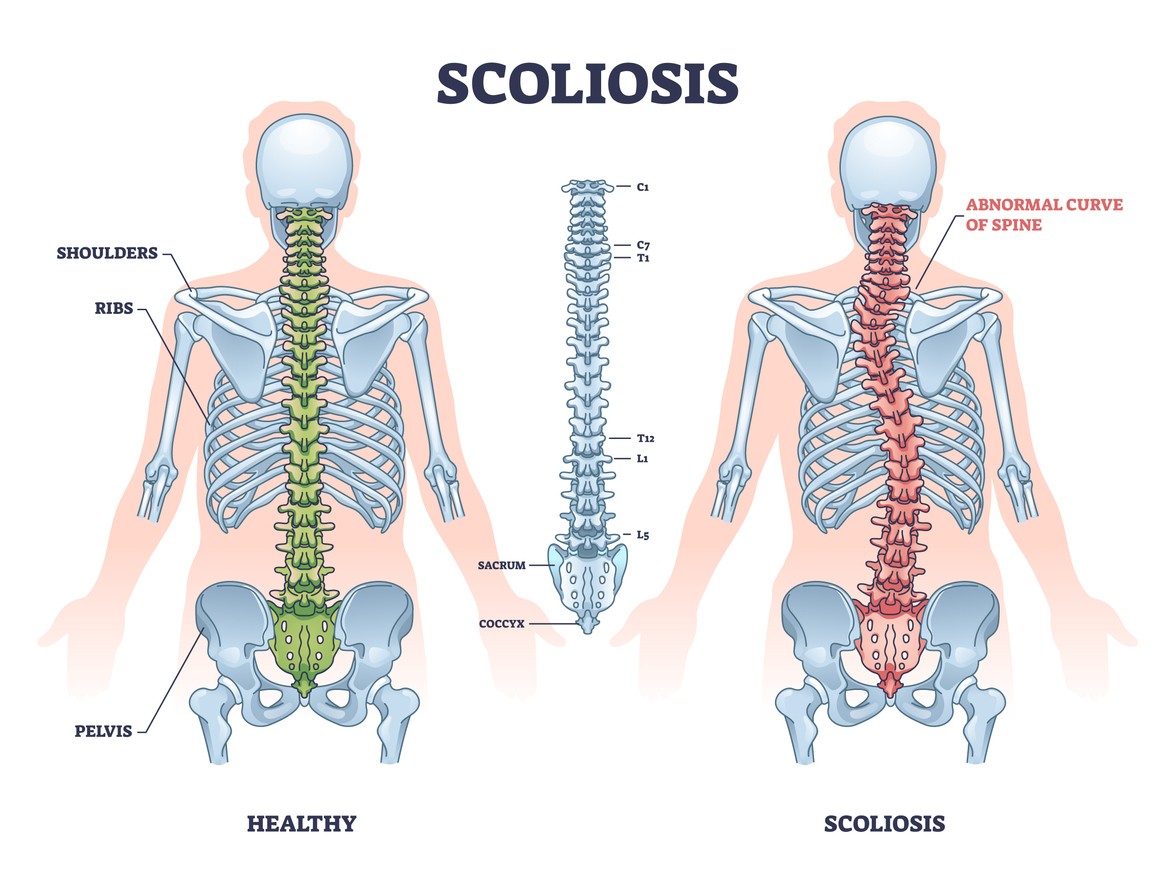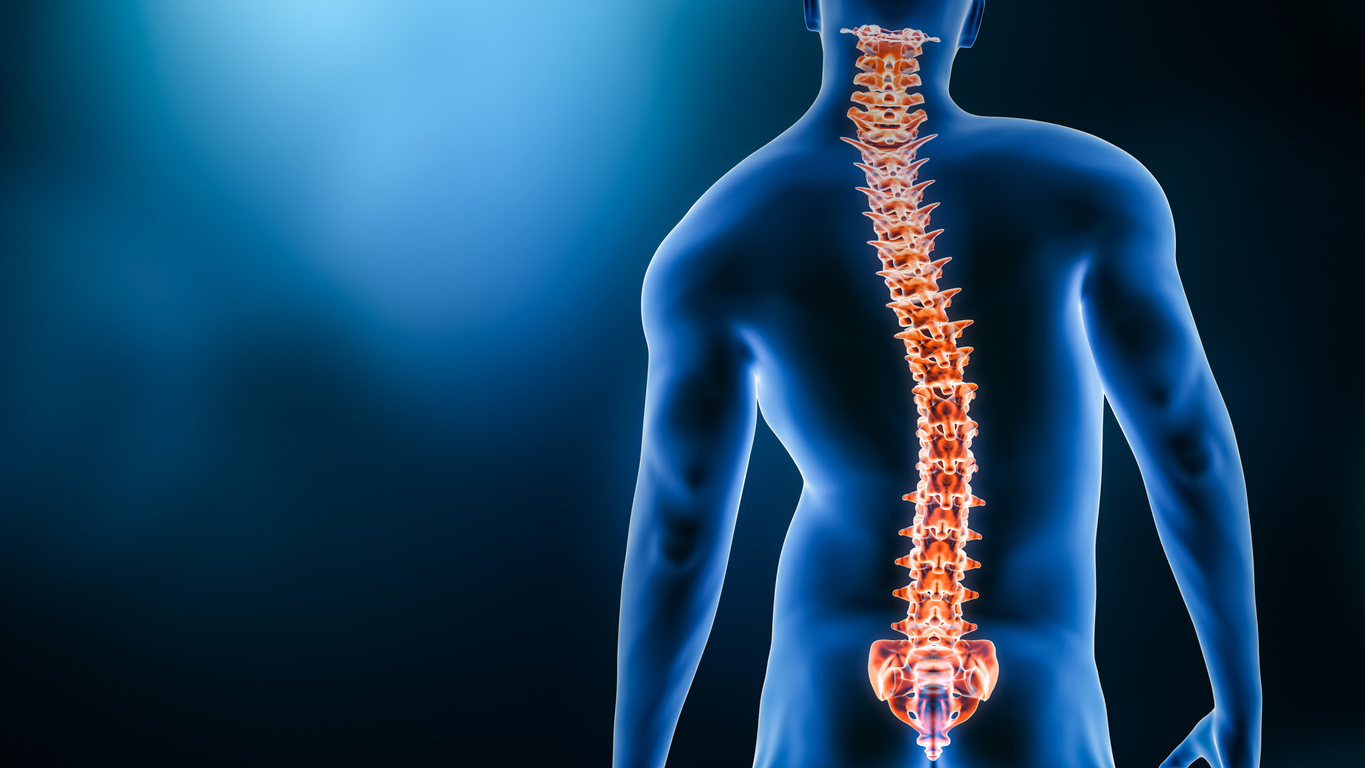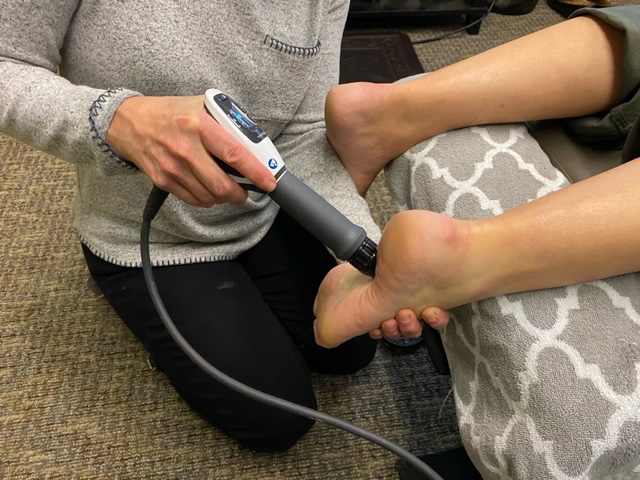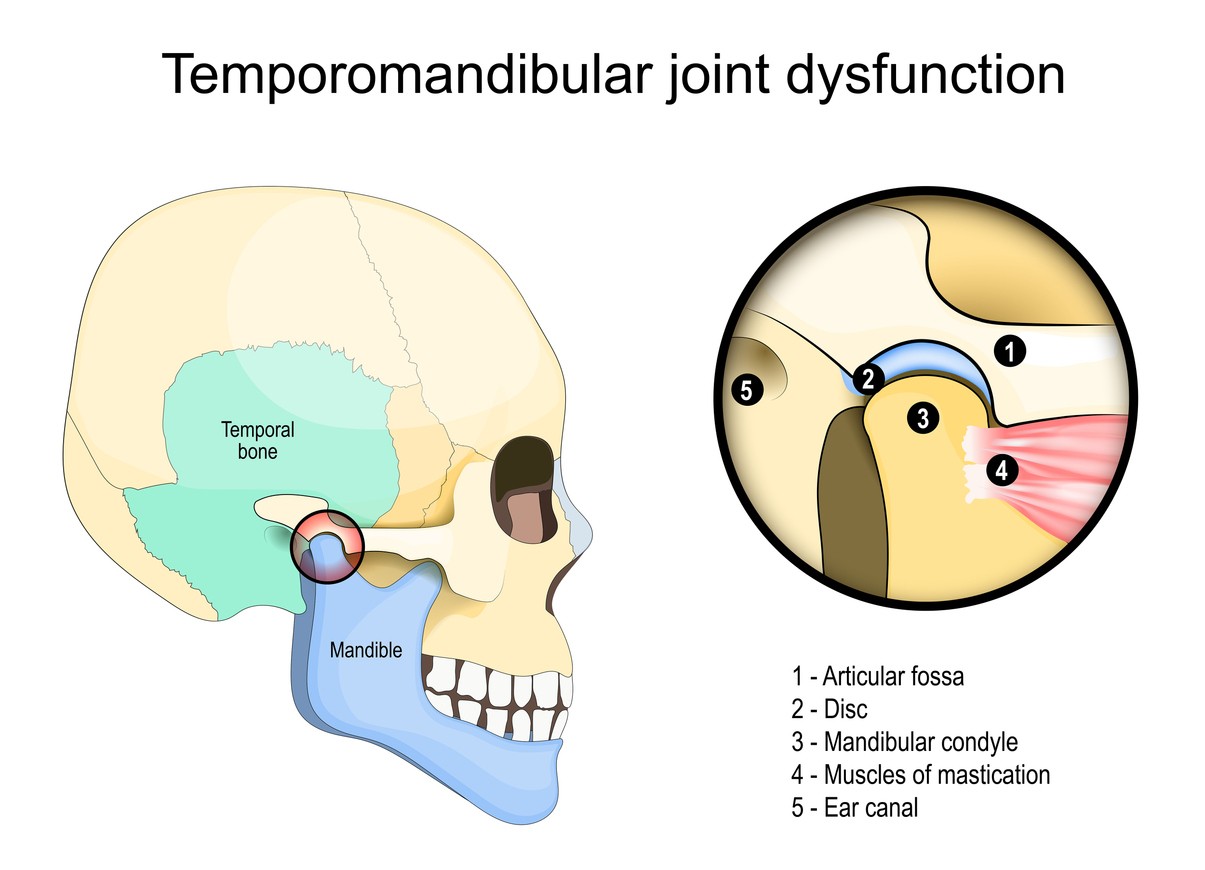How Chiropractors Can Treat a Pinched Nerve
If you’ve ever experienced sharp pain, tingling, or numbness in your back, neck, or limbs, you might be dealing with a pinched nerve. This common yet often debilitating condition can interfere with daily life, making it difficult to work, sleep, or even perform simple activities.
While medications or even surgery are sometimes considered for severe cases, many people are finding relief through chiropractic care. Our Bend chiropractors use natural, non-invasive techniques to help the body heal itself, addressing the root cause of the problem rather than just masking symptoms.
In this post, we’ll explore what a pinched nerve is, where it can occur, what causes it, the symptoms to look out for, and how chiropractic treatment can help you find long-lasting relief.
What Is a Pinched Nerve?
A pinched nerve, also known as nerve compression, occurs when surrounding tissues—such as bones, muscles, tendons, or cartilage—apply excessive pressure on a nerve. This pressure disrupts the normal nervous system function, leading to pain, tingling, weakness, or numbness.
Nerves play a crucial role in carrying signals between the brain and the rest of the body. When one is compressed, it can create discomfort and dysfunction in the affected area.
Where Can a Pinched Nerve Occur?

Pinched nerves can occur anywhere in the body, but they are most common in areas where nerves travel through tight spaces and have limited soft tissue protection such as in the spinal cord. The most frequently affected areas include:
- Neck (Cervical Spine): A compressed nerve in the neck can cause pain, stiffness, headaches, and tingling that radiates down the arms and hands.
- Lower Back (Lumbar Spine): This can lead to sciatica, which causes pain, numbness, or weakness that extends from the lower back down one leg.
- Wrist (Carpal Tunnel Syndrome): Compression of the median nerve in the wrist leads to numbness, tingling, and weakness in the hands and fingers.
- Elbows, Shoulders, and Other Joints: Nerve compression can occur in the shoulders, elbows, or other joints due to repetitive motion or misalignment.
Causes of a Pinched Nerve
There are several factors that can lead to nerve compression, including:
- Herniated or Bulging Discs: When spinal discs shift out of place or bulge, they can put pressure on nearby nerves.
- Spinal Misalignment: Poor posture, injuries, or prolonged sitting can cause the spine to move out of alignment, leading to nerve irritation.
- Arthritis and Bone Spurs: Over time, arthritis can cause bone spurs to form, narrowing nerve passageways.
- Repetitive Movements: Jobs or activities that involve repetitive motions (such as typing or lifting) can inflame soft tissues and compress nerves.
- Obesity: Excess weight can increase pressure on the spine and joints, leading to nerve compression.
- Injury or Trauma: Car accidents, falls, or sports injuries can damage soft tissues or misalign bones, pinching nerves in the process.
- Poor Posture: Slouching or hunching over electronic devices can put unnecessary strain on the spine, leading to nerve issues.
Symptoms of a Pinched Nerve
Symptoms vary depending on the location and severity of the nerve compression. Common signs include:
- Sharp, burning, or aching nerve pain in the affected area
- Tingling or a “pins and needles” sensation
- Numbness or decreased sensation
- Muscle weakness in the area controlled by the affected nerve
- Radiating pain (such as pain traveling down the arm or leg)
- Increased pain when moving, sitting, or standing for long periods
If left untreated, a pinched nerve can lead to chronic pain, muscle weakness, or even permanent nerve damage. This is why early intervention—such as chiropractic care—is essential.
How Chiropractic Care Can Help a Pinched Nerve
Our chiropractors in Bend specialize in diagnosing and treating musculoskeletal issues, including pinched nerves. Rather than relying on medications that only provide temporary relief, our chiropractors address the underlying causes of nerve compression, allowing the body to heal naturally.

We use a variety of techniques to relieve pressure on the affected nerve, restore mobility, and improve overall spinal health. Some of the most effective pinched nerve treatments include:
1. Chiropractic Adjustments (Spinal Manipulation)
What It Is: Chiropractic adjustments involve carefully applied force to specific joints in the spine or other areas of the body. These spinal adjustments help ensure proper alignment of vertebrae, reduce nerve compression, and restore proper movement.
How It Helps a Pinched Nerve:
- Corrects spinal column misalignments (subluxations) that may be putting pressure on nerves.
- Improves joint mobility, reducing stiffness and tension in surrounding muscles.
- Enhances nerve function by removing blockages in communication between the brain and body.
- Promotes circulation, allowing nutrients to reach damaged areas and speed up healing.
Types of Adjustments Used:
- Manual Adjustments: Chiropractors use their hands to apply precise pressure and realign the spine.
- Instrument-Assisted Adjustments: Tools like the Activator Method allow for gentle, controlled adjustments, ideal for sensitive patients.
- Drop-Table Adjustments: A specialized table with drop sections assists in delivering a gentle thrust to realign the spine.
Who Can Benefit: Anyone with a pinched nerve due to misalignment, poor posture, or spinal injuries can experience relief from chiropractic adjustments.
2. Spinal Decompression Therapy
What It Is: Spinal decompression is a non-surgical technique that gently stretches the spine using a specialized traction table or device. This gentle adjustment creates negative pressure in the discs, allowing herniated or bulging discs to retract and take pressure off pinched nerves.
How It Helps a Pinched Nerve:
- Increases space between vertebrae, relieving nerve compression.
- Helps rehydrate and restore damaged or degenerated discs.
- Reduces pain caused by herniated or bulging discs pressing on spinal nerves.
Techniques Used:
- Mechanical Decompression Therapy: A computerized traction table applies precise stretching forces to relieve pressure.
- Flexion-Distraction Technique: A gentle hands-on method that involves rhythmic stretching of the spine to improve mobility and alleviate compression.
Who Can Benefit: People suffering from sciatica, herniated discs, degenerative disc disease, or chronic lower back pain often find relief through spinal decompression therapy.
3. Soft Tissue Therapy and Myofascial Release
What It Is: Soft tissue therapy focuses on relieving tension and inflammation in the muscles, tendons, and fascia (connective tissue). Myofascial release is a hands-on technique that targets tight or knotted muscles that could be contributing to nerve compression.
How It Helps a Pinched Nerve:
- Reduces muscle tightness that may be pressing on nerves.
- Improves blood flow, delivering oxygen and nutrients to damaged areas.
- Helps break down adhesions (scar tissue) that limit movement and cause discomfort.
- Restores flexibility and range of motion, preventing further nerve irritation.
Techniques Used:
- Manual Massage: Our chiropractors use hands-on massage techniques to release muscle knots.
- Trigger Point Therapy: Pressure is applied to tight muscle areas to relieve referred pain.
- Instrument-Assisted Soft Tissue Mobilization (IASTM): Specialized tools (such as Graston technique tools) are used to break down scar tissue and promote healing.
Who Can Benefit: Patients with nerve compression caused by muscle tightness, scar tissue, or postural imbalances can greatly benefit from soft tissue therapy.
4. Corrective Exercises and Stretching Programs
What It Is: A tailored exercise program designed to strengthen weak muscles, improve posture, and enhance flexibility. Chiropractors prescribe specific therapeutic exercises to help relieve pressure on nerves and prevent future pinched nerves.
How It Helps a Pinched Nerve:
- Strengthens muscles that support the spine, reducing strain on nerves.
- Improves flexibility, preventing tight muscles from compressing nerves.
- Enhances posture, reducing stress on the spinal discs and joints.
- Helps maintain spinal alignment and prevents recurring issues.
Examples of Exercises and Stretches:
- Neck Stretches: Gentle tilts and rotations to relieve cervical nerve compression.
- Lower Back Extensions: Helps reduce lumbar disc pressure and improves mobility.
- Sciatic Nerve Flossing: A technique to relieve pressure on the sciatic nerve.
- Core Strengthening Exercises: Strengthening the core helps support spinal stability and reduces nerve irritation.
Who Can Benefit: Anyone with a pinched nerve due to muscle weakness, postural imbalances, or repetitive movements can improve their condition with corrective exercises.
5. Postural and Ergonomic Guidance
What It Is: Chiropractors assess how a patient’s posture, work environment, and daily activities may be contributing to nerve compression. They then provide recommendations for adjustments to prevent further issues.
How It Helps a Pinched Nerve:
- Reduces repetitive strain from poor workplace ergonomics.
- Improves posture to prevent chronic spinal misalignment.
- Provides education on proper lifting techniques and movement patterns.
Common Postural Corrections:
- Workstation Adjustments: Proper chair height, monitor placement, and desk setup.
- Sleeping Posture Guidance: Choosing the right pillow and mattress for spinal support.
- Movement Modifications: Teaching better body mechanics for lifting, walking, and sitting.
Who Can Benefit: Anyone with a pinched nerve caused by poor posture, prolonged sitting, or repetitive motions can significantly benefit from ergonomic corrections.
How Often Should You See a Chiropractor for a Pinched Nerve?
The frequency of chiropractic visits depends on the severity of the pinched nerve and how your body responds to treatment. Typically:
- Mild cases: 1-2 visits per week for a few weeks
- Moderate cases: 2-3 visits per week for several weeks
- Severe cases: More frequent visits initially, followed by a maintenance plan
Many patients begin to notice relief after just a few sessions, though a full recovery may take several weeks. Our chiropractors tailor treatment plans to each individual, ensuring the best results for long-term health.
Additional Tips for Preventing Pinched Nerves
While chiropractic care is excellent for treating a pinched nerve, preventing future issues is just as important. Here are some simple ways to keep your spine and nerves healthy:
- Maintain good posture while sitting, standing, and sleeping.
- Take frequent breaks if you work at a desk or perform repetitive movements.
- Incorporate stretching and strengthening exercises into your daily routine.
- Use ergonomic workstations to minimize strain on your spine and joints.
- Maintain a healthy weight to reduce pressure on your spine and joints.
- Stay active with regular movement and exercise to keep your spine flexible and strong.
Visit Total Body for Chiropractic Care
A pinched nerve can be painful and frustrating, but with the right approach, relief is possible. Chiropractic care offers a holistic approach to addressing the root causes of nerve compression, providing long-term healing without relying on medications or invasive procedures.
If you’re experiencing symptoms of a pinched nerve, don’t wait for the pain to worsen. A visit to our chiropractic team in Bend can help restore your mobility, provide pain relief, and get you back to living pain-free. Make an appointment today!









